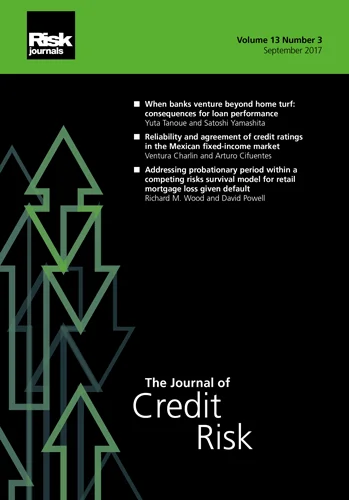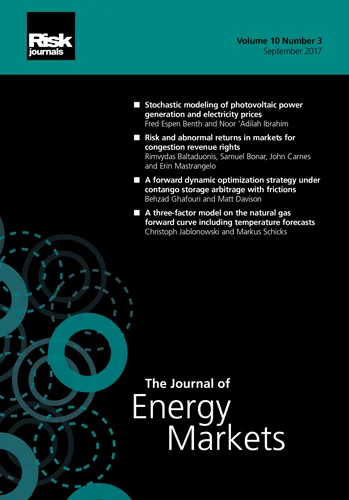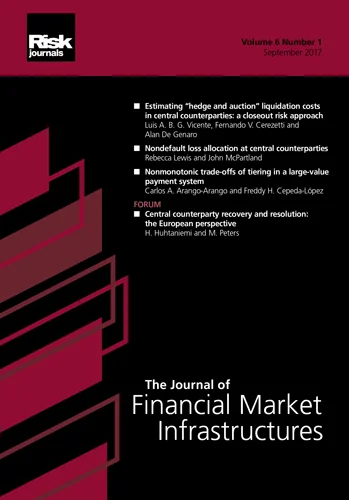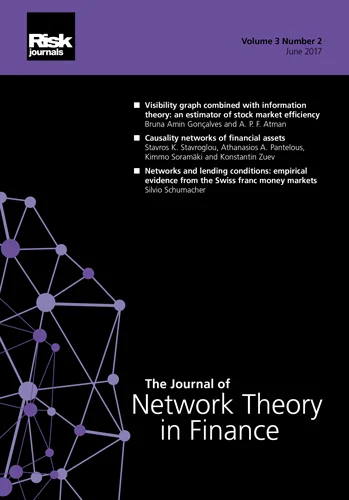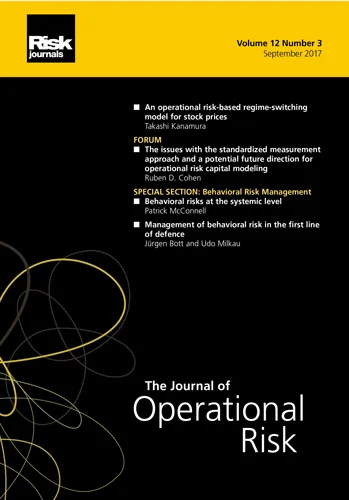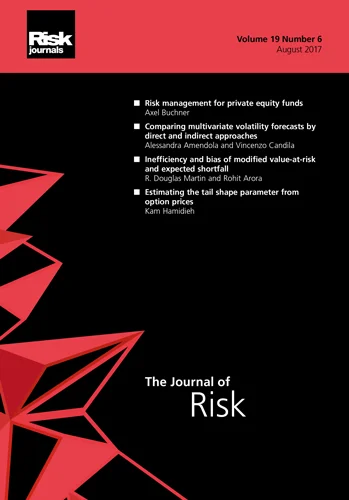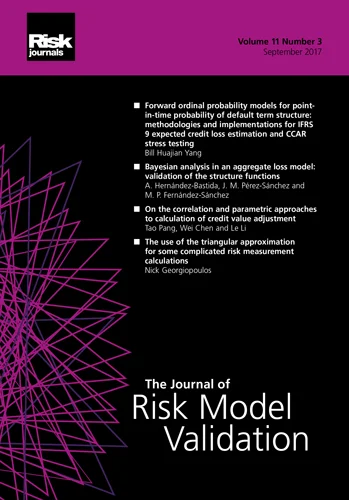Journal of Risk
ISSN:
1755-2842 (online)
Editor-in-chief: Farid AitSahlia
Volume 27, Number 4 (April 2025)
Editor's Letter
Farid AitSahlia
Warrington College of Business, University of Florida
This issue of The Journal of Risk covers the endogenous uncertainty of the risk preferences of decision makers, margin model procyclicality, the diversifying role of the catastrophe bond market, and disaster insurance hedging.
In the issue’s first paper, “Randomization of spectral risk measures and distributional robustness”, Manlan Li, Xiaojiao Tong and Huifu Xu argue that no single risk measure can consistently capture a decision maker’s risk preferences. They therefore propose a new risk measure that encapsulates different spectral risk measures in different random states of nature. Their approach relies on Kusuoka’s representation of law-invariant coherent measures, and they develop explicit computational schemes for its implementation, exhibiting robust results.
In “How confident are we of margin model procyclicality measurements?”, the second paper in the issue, Pedro Gurrola-Pérez provides evidence of significant randomness in the standard mitigation tools used to address procyclicality in initial margin models. He illustrates this point through both empirical data and a Monte Carlo simulation. The results show there is a significant amount of uncertainty when measuring responsiveness, which raises questions about the effectiveness of prescriptive approaches to mitigating procyclicality.
Our third paper, “The Covid-19 pandemic and the portfolio diversification effect of catastrophe bonds” by Chi Feng and Xudong Zeng, investigates the role of catastrophe bonds in an international multi-asset portfolio (comprised of stocks, private equity, infrastructure and commodities) before and after the onset of the Covid-19 pandemic. Based on dynamic correlation models, Feng and Zeng find that catastrophe bonds are effective diversifiers, exhibiting safe-haven properties, especially at the height of the pandemic.
Closing out the issue, in “Disaster insurance swaps”, Stuart M. Turnbull introduces a new type of contract that can help insurance and reinsurance firms hedge their extreme-weather related liabilities. In addition to providing a pricing formula that is relatively straightforward to evaluate, Turnbull also explains some of the ways in which writers of disaster insurance swaps contracts can hedge their exposures.
Papers in this issue
Randomization of spectral risk measures and distributional robustness
The authors offer a means to describe a decision maker's risk preferences with a randomized spectral risk measure.
How confident are we of margin model procyclicality measurements?
This paper investigates procyclicality models, bringing attention to that fact that typical measures of model responsiveness are random variables and impacted by uncertainty.
The Covid-19 pandemic and the portfolio diversification effect of catastrophe bonds
The authors delve into catastrophe bonds within an international multiasset portfolio for periods before and during the Covid-19 pandemic, showing how at different times they act as a diversifier and a safe haven.
Disaster insurance swaps
This paper proposes a novel contract, called disaster insurance swaps, to help insurance and reinsurance firms hedge extreme-weather-related liabilities.

